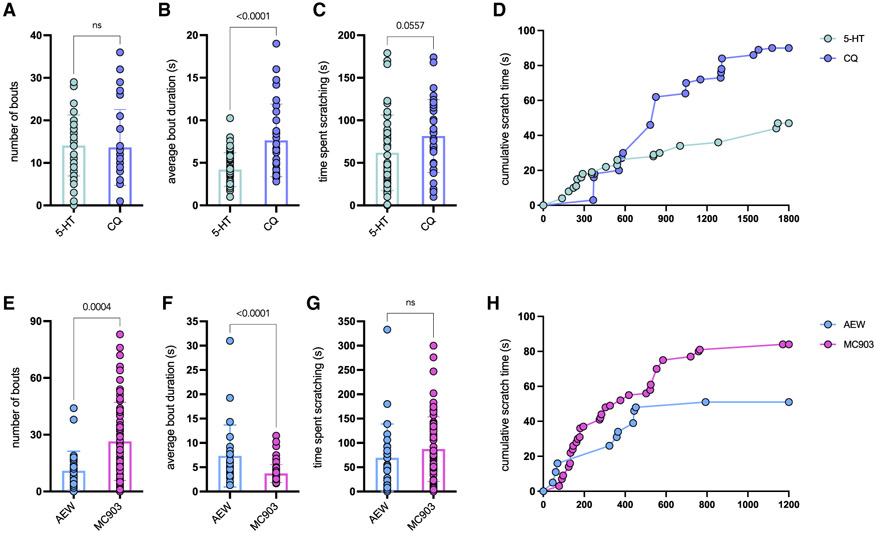Figure 2. Scratch bout number does not fully capture the complex behaviors observed in acute and chronic itch.
(A–C) Chloroquine (CQ) triggers the same number of itch bouts as 5-hydroxytryptamine (5-HT), but each bout is significantly longer in duration, increasing the total time the mice scratch. The number of bouts, average bout duration, and time spent scratching was quantified by re-scoring data published previously (Wilson et al., 2013a, Figure 4; Morita, et al., 2015, Figures 1 and 5; Walsh et al., 2019, Figure 4). n = 30 animals across 8 experimental cohorts (CQ) and 50 animals across 12 experimental cohorts (5HT). Although the graphs display data from individual animals, similar results were obtained when comparing across cohorts (bout number: 14.28 ± 2.46 CQ versus 14.45 ± 1.05 5-HT, p = 0.9457; bout duration: 7.45 ± 0.81 s CQ versus 4.32 ± 0.40 s 5-HT, p = 0.0012; time spent scratching: 84.98 ± 0.88 s CQ versus 64.53 ± 9.3 s 5-HT, p = 0.14958). p values were calculated by two-tailed, unpaired t test in each case.
(D) Graph displaying the cumulative scratch time of bouts measured over 30 min following injection of CQ or 5-HT.
(E–G) 50% ether/50% acetone (AEW) treatment triggers fewer scratch bouts than MC903 treatment, but each bout is significantly longer in duration. The time spent scratching, number of bouts, and average bout duration were quantified by re-scoring data published previously (Wilson et al., 2013b, Figures 1, 3, and 4; Walsh et al., 2019, Figures 1 and 2). n = 26 animals across 7 cohorts (AEW) and 69 animals across 16 experimental cohorts (MC903). Although the graphs display data from individual animals, similar results were obtained when comparing across cohorts (bout number: 9.95 ± 1.87 AEW versus 27.96 ± 3.04 MC903, p = 0.0011; bout duration: 7.1 ± 1.47 s AEW versus 3.6 ± 0.41 s MC903, p = 0.0055; time spent scratching: 59.21 ± 15.68 s AEW versus 88.5 ± 8.26 s MC903, p = 0.0841). p values were calculated by two-tailed, unpaired t test in each case.
(H) Graph displaying the cumulative scratch time of spontaneous scratch bouts measured over 20 min.

